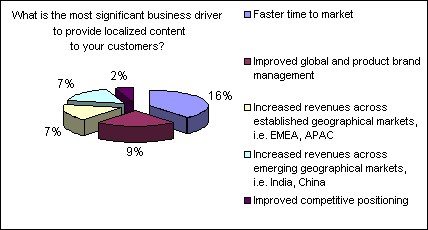Welcome to the Web Content Management blog at the Gilbane Group. I’m Tony White, the moderator of this blog and Lead Analyst for Web Content Management at the Gilbane Group. The WCM blog will serve as a forum for a wide range of business and technical users, enterprises, software vendors, system integrators, consultants, and not-otherwise-specified domain experts/novices to discuss a wide range of topics – from product-specific questions to industry trends, tried-and-true use cases to bleeding-edge technologies, caveats to best practices. A good deal of the conversation will focus on subjects such as Web 2.0, rich internet applications, usability and the user experience, vendor claims, product evaluations, application integration, user training, implementation times, industry-specific practices, regulatory compliance, localization and globalization, digital assets, Web services, content syndication, cost of ownership and return on investment, open source products and strategies, and hosted versus licensed applications – just to name a few. We will undoubtedly discuss products and technologies from vendors such as CrownPeak, Day, EMC/Documentum, IBM, Interwoven, Microsoft, RedDot, Percussion, Stellent, and Vignette, but feel free to make comments about (or from) others as well.
The rules for participation in this blog are roughly the same as those for Frank Gilbane’s CTO blog, which are listed in his July 23, 2006 entry – the exceptions being that you don’t need to be a CTO to make comments and that, while we welcome entries by guest authors, this blog will be authored, assembled, and edited primarily by me. If you would like to begin contributing to the blog, click here to submit a comment or entry.
Cheers!


